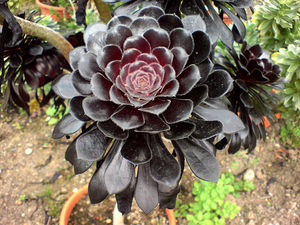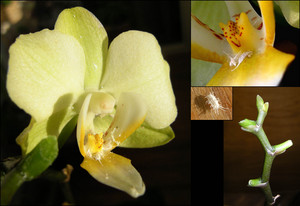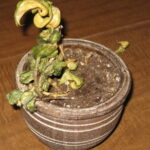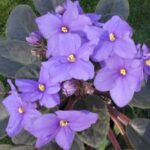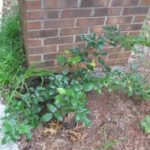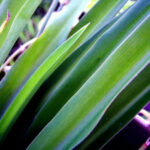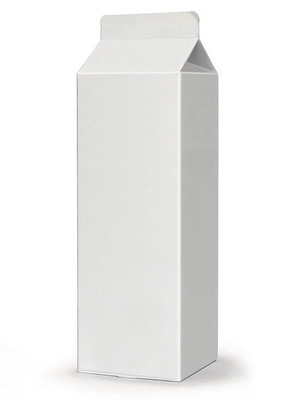If you are someone like me, who really likes having plants in their house, you probably have quite a few in your collection. I have noticed, however, that most indoor gardeners tend to buy the same types of plants, such as philodendrons, scheffleras, and/or vines. Of course, it is much easier to do this. The plants we choose generally require the same conditions and care, so we don’t have to fool with anything that might like different lighting or more humidity. That’s all well and good, I suppose; however, we should not limit ourselves. There are plenty of houseplants out there that offer either different colors or different textures that can add so much to our indoor garden. You might, though, think that you can’t successfully grow some of these plants. Such does not have to be the case. Here are some tips for breaking free of your comfort zone and adding some different-looking houseplants to your collection:
Start with what you know.
Okay, I just told you to break out of your comfort zone. Seems like I’m now contradicting myself. Not really. I’ll give you an example. I absolutely love Swedish ivy (Plectranthus australis). I have great luck with it and find it incredibly easy to grow. I stumbled upon another version of this houseplant called Plectranthus oertendahlii ‘Emerald Lace.’ The leaves are fuzzy — unlike the variety we normally see in greenhouses with bright green fleshy leaves — and are much darker green with purple underneath. There are other varieties of this plant as well, many with different types of variegated leaves. Some you might not even recognize at first as a Swedish ivy. My point is that some of the houseplants with which you are comfortable have interesting varieties, which you should try. Because you already know how to care for a particular family of plants, you should have no difficulty caring for their cousins.
Choose plants with similar characteristics to those you already have.
If you have had a great deal of luck growing cyclamens, chances are you will have similar luck with other flowering plants. A gloxinia, for example, might be a good choice. There are also several varieties of primrose (Streptocarpus) that are grown indoors as houseplants, which might be good choices for you. The point is that if you can grow one type of flowering plant, you can probably grow another species, too. If you have luck with vines, such as pothos for instance, start looking for other types of unusual vines, such as hearts-on-a-string (Ceropegia woodii) and string-of-beads (Senecio rowleyanus). The unusual houseplant that you might decide to try growing in your own home does not have to be in the same family as those you already have. They just need to have similar characteristics with which you are familiar, making them easier for you to grow.
Don’t be afraid to try something totally different.
I don’t normally grow a lot of succulents, such as jade trees, for instance. I have always gravitated towards various types of philodendrons and vining plants. I recently decided that I needed something different in my home and started growing various succulents, especially those with interesting leaves. One in particular is an Echeveria called ‘Black Prince.’ It is in the same family as the ever-popular hens-and-chicks, except this one has black leaves. I’m also going to try another black-leaved succulent called Aeonium arboreum ‘Black Rose.’ You also might want to try something that you have never grown. For instance, you may never have grown bromeliads but that doesn’t mean that you can’t give them a try.
Learn about the plant you choose.
You should always familiarize yourself with the proper care required for any plant that you purchase. This is especially true if you have decided that you want to try something totally different and which is, for you, unusual. You should read up on the particular plant. The folks at your local gardening center are full of information, too. I would never have tried to grow a staghorn fern (Platycerium bifurcatum) if it had not been for the owner of one of the gardening centers in my area explaining just how easy they were to grow. You can also consult other gardening buddies. (These same gardening buddies might even have some cuttings or baby plants that they will be willing to give you to get you started, which means that you are not out any money if you discover that you have issues with that particular plant.)
You might be interested in finding out more about some unusual houseplants. These articles will be of interest:
Arboreum
Cape Jasmine Gardenia
Vicks Plant
References:
DeWolf, Jr., Gordon P., ed. Taylor’s Guide to Houseplants. Boston, MA: Houghton Mifflin Company, 1987.
Faust, Joan Lee. The New Times Book of House Plants. NY, NY: Quadrangle Books, Inc., 1973.
